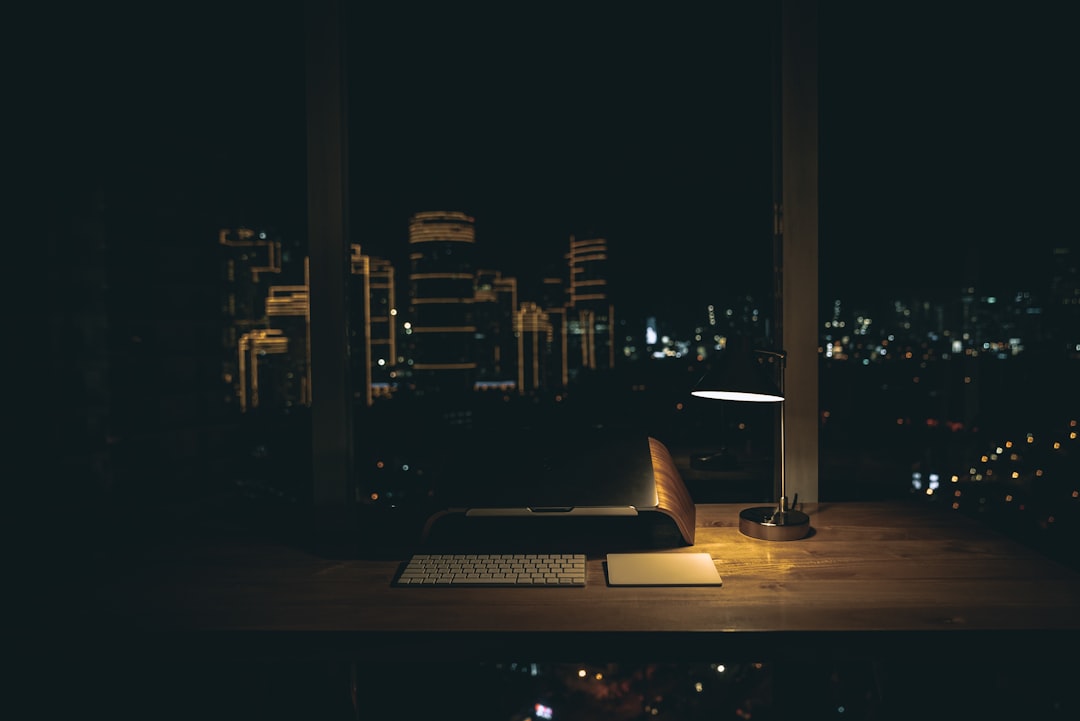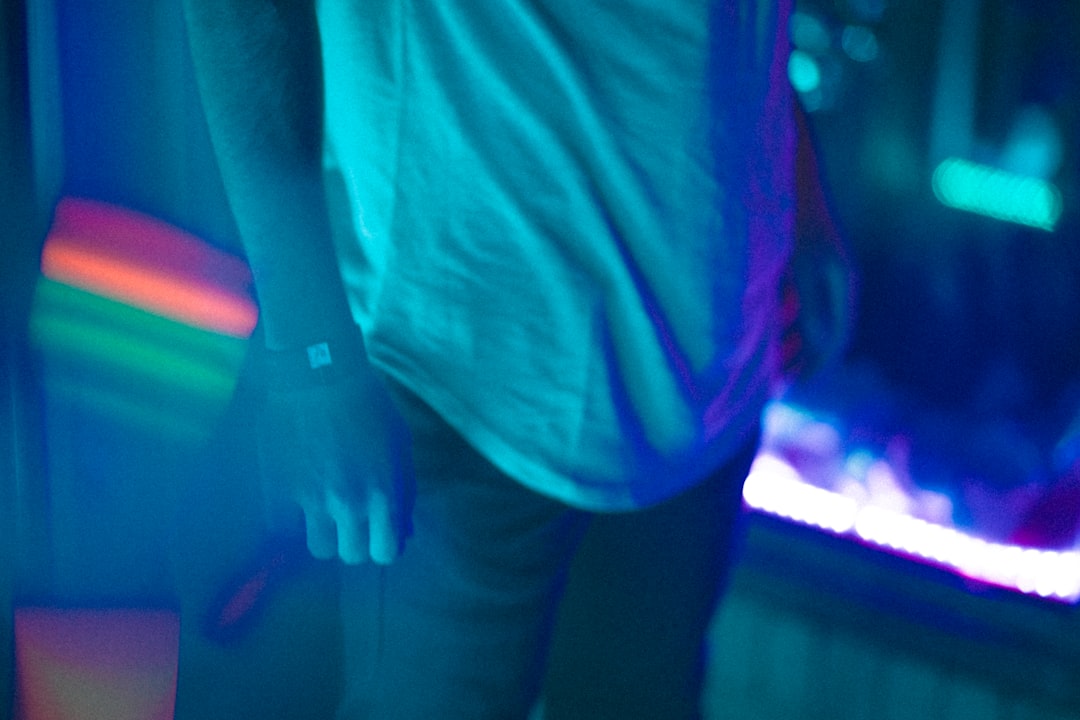Introduction
A floating ceiling is a type of ceiling design that creates a visual illusion of a floating ceiling. This design is created by using suspended panels, beams, or other structural components that are hung from the ceiling or attached to the walls. The use of floating ceilings has become increasingly popular in modern architecture due to its unique aesthetic appeal and practical benefits such as acoustic insulation and ease of installation. In this article, we will explore the latest trends and innovative ideas in floating ceiling designs.
The Benefits of a Floating Ceiling
– Improved acoustics: The suspended panels in a floating ceiling can help reduce noise levels within a room, making it an ideal choice for commercial spaces, such as offices and conference rooms.
– Easy installation: The use of lightweight materials, such as aluminum or gypsum, makes the installation process quick and easy.
– Versatility: Floating ceilings can be designed in a variety of shapes, colors, and textures to suit any design style.
– Concealment of infrastructure: Electrical wiring, ductwork, and other infrastructure can be hidden within the suspended panels of a floating ceiling, helping to create a clean, streamlined look.
Trending Designs
Wooden Accents
One popular trend in floating ceiling designs is the use of wooden accents. This approach combines the natural warmth and beauty of wood with the modern, minimalist look of a floating ceiling. Wooden panels, beams, or slats can be used to create a variety of designs, from sleek, linear patterns to more detailed, geometric shapes.
Lighting Integration
Another trend in floating ceiling design is the integration of lighting fixtures. This approach can create a dramatic effect, drawing attention to specific areas within a room. Recessed lighting fixtures can be installed within the suspended panels of the ceiling, creating a seamless look that blends in with the rest of the design.
Colorful Panels
While traditional floating ceiling designs typically use white or neutral-colored panels, a growing trend involves the use of colorful panels. This approach can add a pop of color to an otherwise neutral space, creating a vibrant, playful atmosphere. Colorful panels can be used to create patterns or designs that reflect the organization’s branding or design style.
Innovative Ideas
Acoustic Panels
One innovative idea in floating ceiling design is the use of acoustic panels. These panels are designed to absorb sound waves and reduce noise levels within a room. Acoustic panels can be installed within the suspended panels of a floating ceiling, creating a seamless look that improves the acoustics of the space.
Graphics and Artwork
Another innovative idea in floating ceiling design is the use of graphics and artwork. This approach can transform a plain ceiling into a visually stunning statement piece. Graphics and artwork can be printed onto the suspended panels of the ceiling, creating a unique and customizable design.
Natural Materials
Using natural materials, such as bamboo or cork, in floating ceiling design is another innovative idea. This approach combines the natural beauty of these materials with the modern look of a floating ceiling design. Natural materials can be used to create a variety of patterns and textures, adding warmth and depth to the space.
Conclusion
Floating ceiling designs offer a multitude of benefits, including improved acoustics, ease of installation, versatility, and the ability to conceal infrastructure. When designing a floating ceiling, it’s important to consider the latest trends and innovative ideas to create a space that is both visually stunning and functional. By incorporating wooden accents, lighting integration, colorful panels, acoustic panels, graphics, artwork, or natural materials, it’s possible to create a unique floating ceiling design that reflects an organization’s brand and design style.



